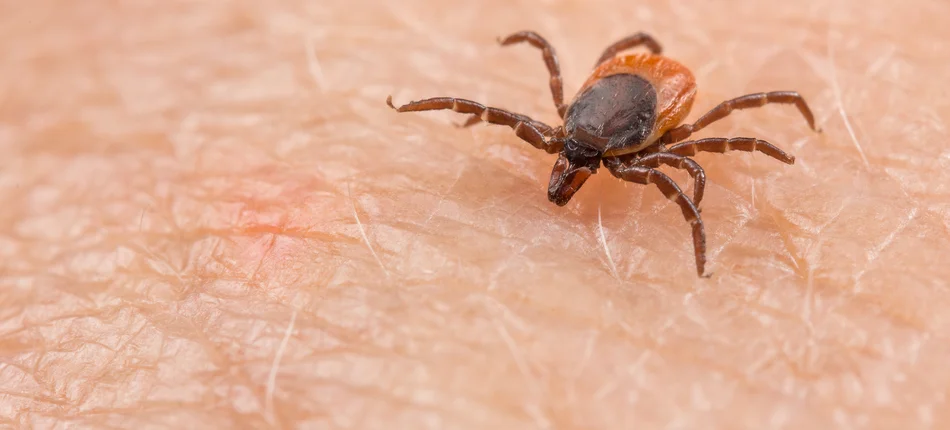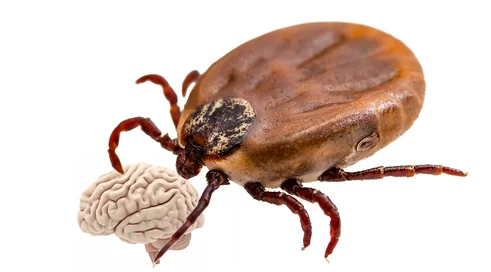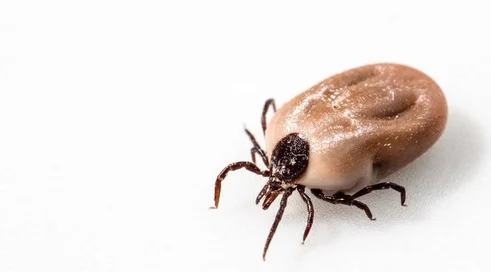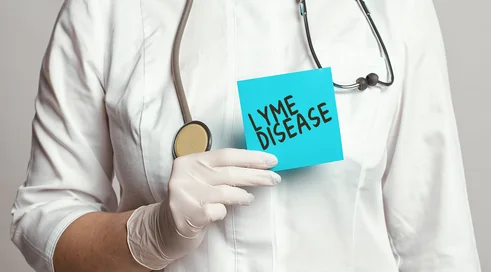A tick bite, while painless, can carry the risk of contracting tick-borne diseases. Data from the National Health Service are alarming. The number of patients with these diseases is growing. In 2023, it exceeded 100,000, compared to 95,000 the year before. In 99 percent of cases, patients were diagnosed with Lyme disease.
The common tick is an arachnid that goes through three phases of its development cycle - from larva to nymph to adult form in 2-3 years. In order for it to transform into its next form, it must drink the blood of an animal or human.
A tick can be the size of a pin head. It waits for a host in shrubs, grass, and damp places. Ticks are most active from spring to early autumn.
Lyme disease infection
Lyme disease, or Lyme disease, is a bacterial disease. A small percentage of ticks are carriers, and not every contact with an infected tick causes the disease, but if Lyme disease develops, it can lead to serious complications.
Lyme disease can develop over months ...
Content locked
To gain access to the complete English section of the Medexpress.pl, kindly reach out to us at [email protected].


















